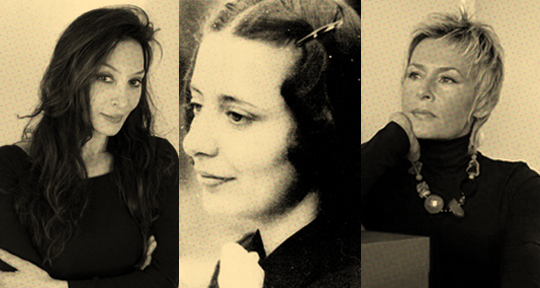In the past seven months I have written five dispatches covering Albanian literary news for Asymptote. Only one of these dispatches does not mention Ismail Kadare. It feels impossible to avoid him. Kadare is the only Albanian author speculated as a potential winner for the Nobel in Literature (when the Nobel still meant honour and prestige). He has been recognised with a medal by the French Legion of Honour and won Spain’s Princess of Asturias Award for Literature. Kadare is also one of the few Albanian authors to be published in Asymptote. While other Albanian writers struggle to find translators, two different titles by Kadare were published in English this year alone: A Girl in Exile (translated by John Hodgson) and Essays in World Literature (translated by Ani Kokobobo).
It would perhaps be improper to complain of Kadare’s success and his place in world literature. He has contributed immensely to the field, writing novels that portray Albanian history from Medieval times to the present, while also producing essays and studies in the field of Albanology. Not to mention the recognition he has brought to Albania abroad, where for many to speak of Albania is inherently to speak of Kadare. But Kadare’s success is unique in Albanian literary history. And with its singularity come certain dangers and drawbacks, common to all national cultures that are represented through the often-homogenous lens of a single figure.

